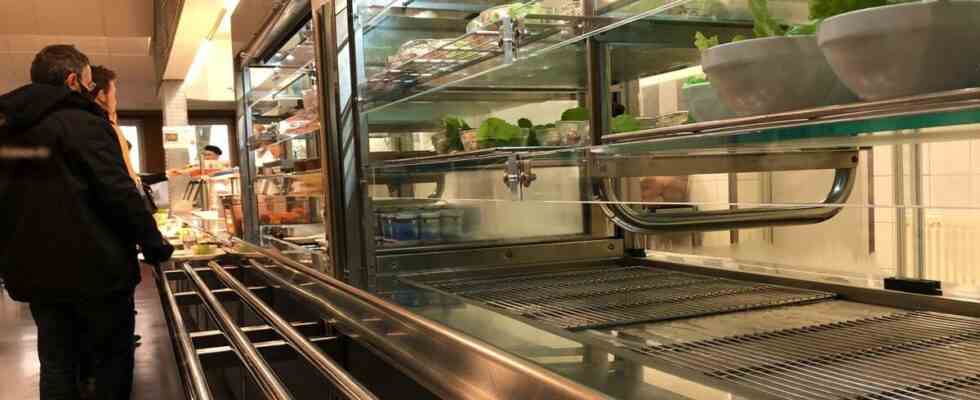It was a very big job to do. As France’s leading agricultural region, Brittany was keen to provide good quality food to the tens of thousands of high school students who frequent school restaurants every day. Five years after the launch of a major plan called “Breizh’Alim”, the site seems to have made good progress. In public high schools, we have long since abandoned the mediocre food prepared by the central kitchen that only needed to be reheated. A solution that is often economical but not really healthy, which has taken some students away from school restaurants to bring them closer to local snacks. In Brittany, public high schools are now required to cook fresh products, sometimes organic and preferably local.
On Wednesday, the Victor and Hélène Basch high school in Rennes received the president of the region for a sausage rougail. In the corridors of the establishment which welcomes around 1,500 students, the criticism of the meals is rather positive. “It’s good, there is a choice and you can eat in good quantity if you want,” said Mathis, a final year student. His pal Kim agrees. “It’s definitely better here than in college. We can eat balanced and we have a real choice. In addition, there is always a vegetarian dish. However, the two students address the same criticism to the establishment: waiting. “We have to wait forty minutes to eat. When you only have an hour’s break, it’s really a hassle. And if you arrive too late, you have less choice”. Here, as elsewhere, the school self-service appears to be a victim of its own success.
To hear the elected representatives of the region, this seems to be the case everywhere since the cooks were trained in eating well. “We look carefully at the student escape rate in conjunction with the principals. Lunch is an important moment of the day, our catering offer must be up to it. Today, each high school has its production kitchen. And all our new establishments are equipped with open kitchens. It is important for the teams to show their profession,” explains Loïg Chesnais-Girard, socialist president of the region.
At the start of the school year in September, an important change will concern the families of the 67,000 half-boarders who attend the canteens of the 115 public high schools in Brittany with the establishment of solidarity pricing. Based on the family quotient, the new price will vary between 2.70 euros for the most modest and 4.20 euros for the wealthiest. Above all, it will be identical in all public establishments, which was not the case today. “We had as many tariffs as high schools. All did not have a reduced rate or not on the same criteria. This harmonization was an issue of social justice,” says Isabelle Pellerin. The vice-president of the region delegated to high schools recalls that the meal served costs the community on average “8 euros” if we add the cost of raw materials, staff and fluids.

